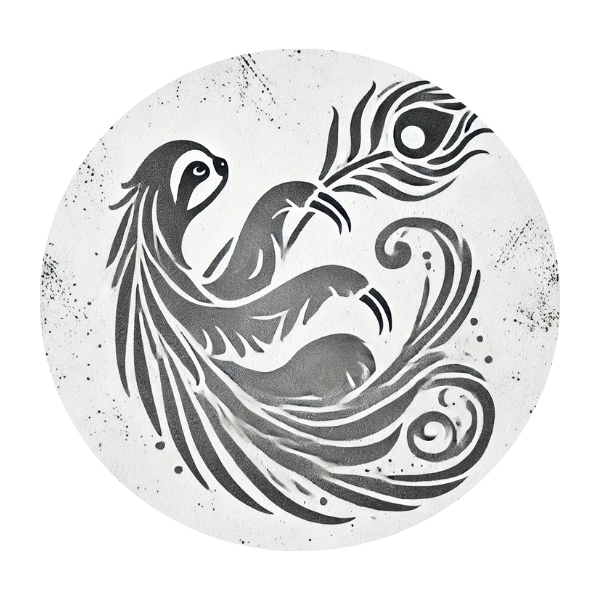BOREDOM
I embrace boredom as a space for creativity and self-discovery
WHAT IS BOREDOM ?
A state of weariness or restlessness arising from a lack of interest or engagement in current activities.
Synonyms: Disinterestedness, Apathy.
Antonym: Excitement
“The cure for boredom is curiosity. There is no cure for curiosity.”
Dorothy Parker
HOW TO RECOGNIZE BOREDOM
IN OTHERS
AND ONESELF
HOW TO RECOGNIZE
IN OTHERS
Body Language
Slouching, minimal movement,
playing with objects
Facial Expressions
Drooping eyelids, lack of focus, neutral
or disengaged expression
HOW TO RECOGNIZE
IN ONESELF
In the Body
Heavy sensation in the body,
low energy
In the Mind
Lack of interest, wandering thoughts,
desire for stimulation
HOW TO RECOGNIZE BOREDOM
IN OTHERS
AND ONESELF
HOW TO RECOGNIZE
IN OTHERS
HOW TO RECOGNIZE
IN ONESELF
Body Language
Slouching, minimal movement,
playing with objects
In the Body
Heavy sensation in the body,
low energy
Facial Expressions
Drooping eyelids, lack of focus, neutral
or disengaged expression
In the Mind
Lack of interest, wandering thoughts,
desire for stimulation
Who is someone you deeply admire, and what qualities
do they have that you’d like to develop in yourself?
TIPS AND TRICKS ON HOW TO DEAL WITH THIS
EMOTION

Take a slow, mindful walk in nature or your neighborhood, paying close attention to each step, sound, and sensation to reconnect with the present moment.

Grab a pen and paper and start doodling or drawing without a specific goal. Let your imagination flow to combat boredom creatively.

Journal about what your boredom is telling you. Explore unmet needs or desires and brainstorm ways to address them.

Choose a small new skill to learn, such as juggling or origami. Focus on the joy of curiosity and discovery to transform boredom into engagement.

Sit comfortably and focus on your breath, counting each inhale and exhale. Use this practice to calm restlessness and embrace stillness.

Listen to a sound bath or soothing music, allowing yourself to relax and let the sounds guide you into a state of peaceful engagement.
CURIOUS FACTS ABOUT BOREDOM
ANIMALS ASSOCIATED WITH BOREDOM
Different animals are associated with different emotions in different cultures. Flip the coins to found out more:




